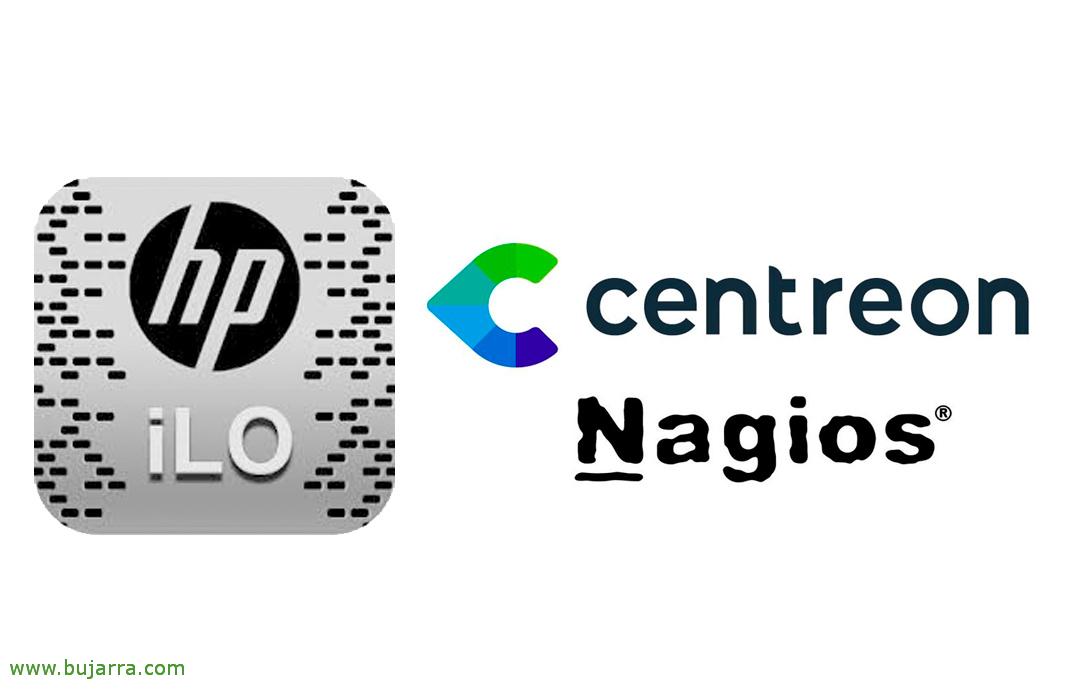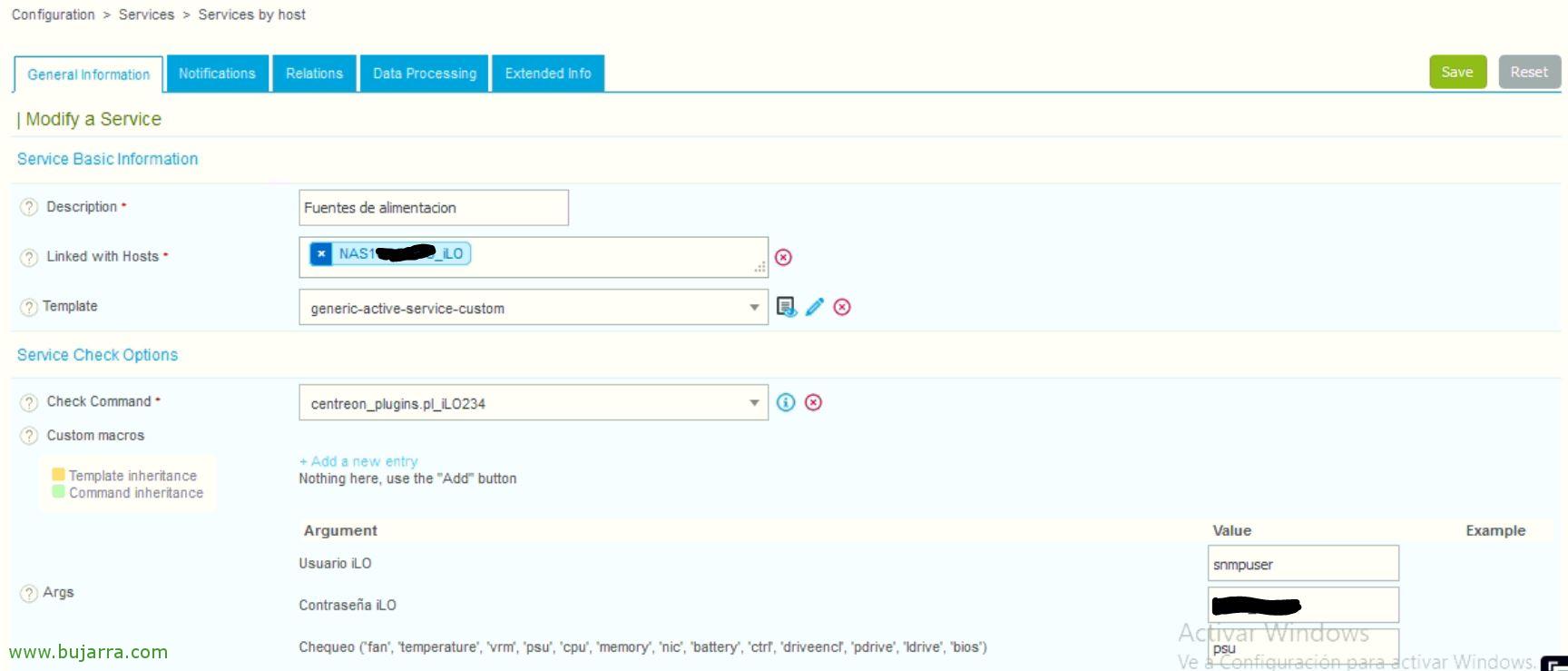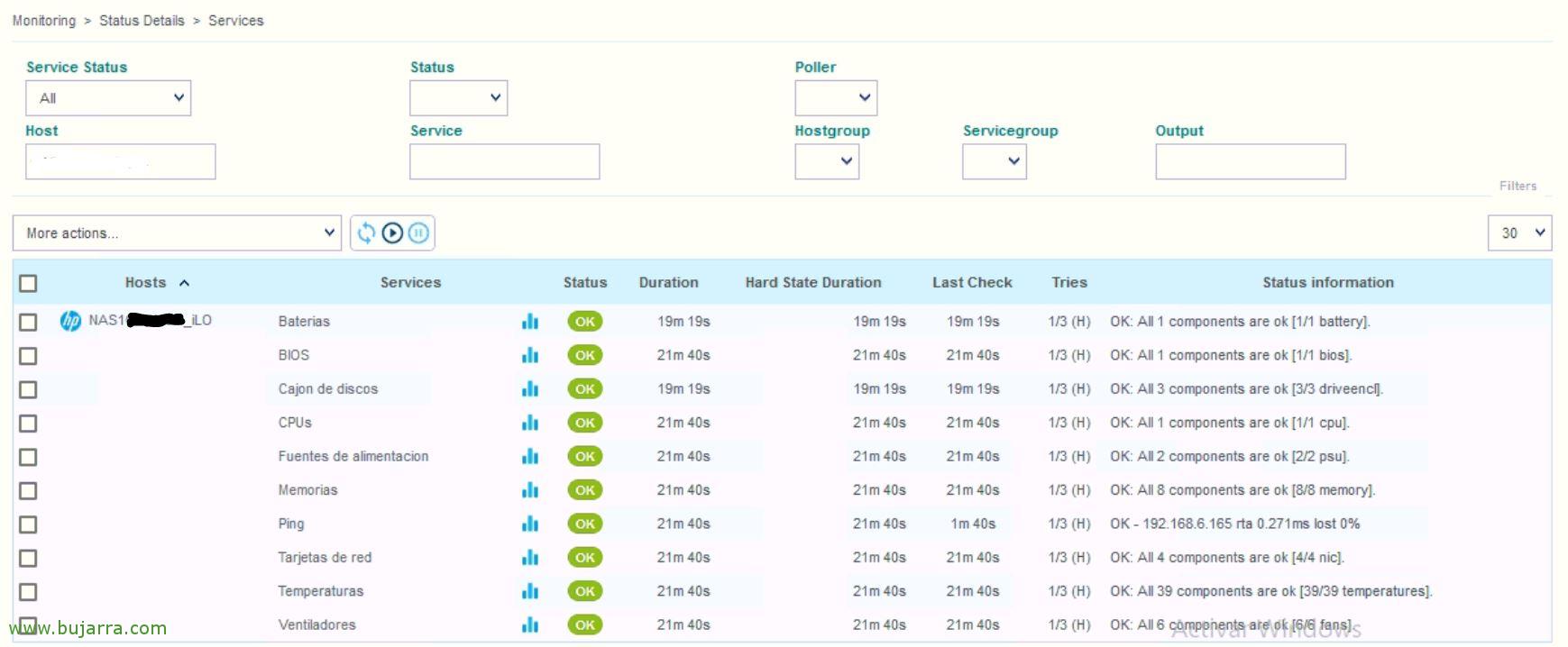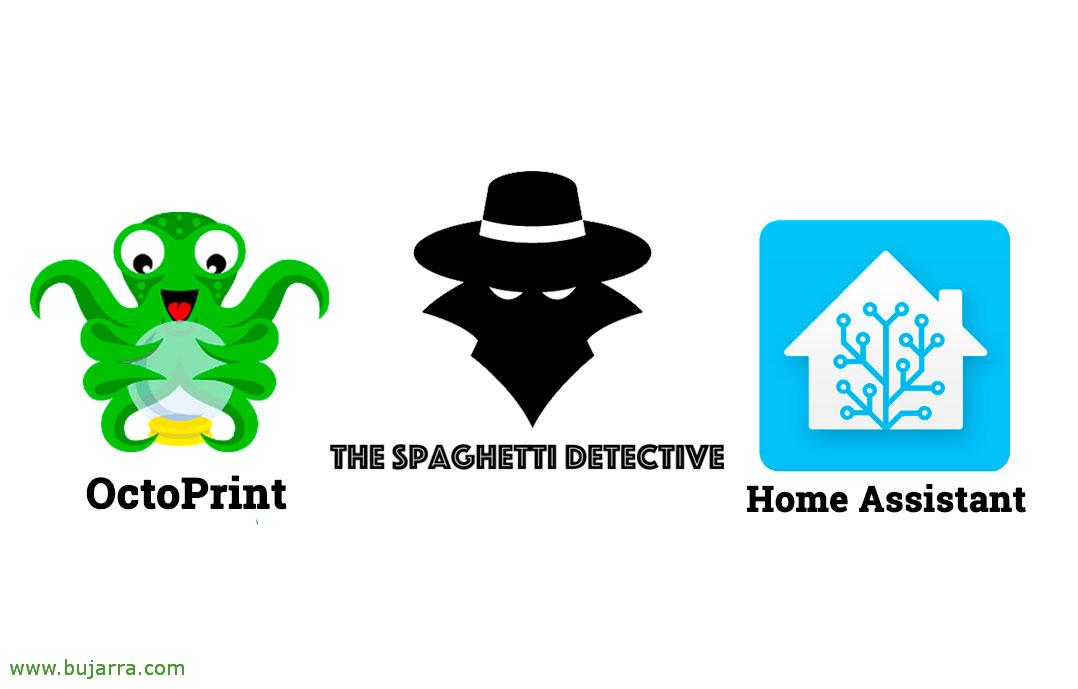
Monitoring HP Server Hardware Using iLO
If we have an HP server in the organization and we want to monitor it with Centreon, Nagios or similar, In this post you will find the steps to know the state of your health, of the hardware (Disks, RAID, Power Supplies, ventilators…) and any components, as well as knowing the temperatures of each sensor.
So let's start 😉 In case I haven't mentioned it to you on some occasion, GitHub Project 'centreon-plugins’ It's amazing, since with it we will be able to monitor a lot of things, Systems, products, A summary list:
- Applications: Apache, Asterisk, Elasticsearch, Github, Jenkins, Kafka, Nginx, Pfsense, Redis, Tomcat, Varnish,…
- Cloud: AWS, Azure, Docker, Office365, Nutanix, Prometheus,…
- Databases: Firebird, Informix, MS SQL, MySQL, Oracle, Postgres, Cassandra
- Hardware: Printers (RFC3805), UPS (Powerware, Mge, Standard), Sun Hardware, Cisco UCS, SensorIP, HP Proliant, HP Bladechassis, Dell Openmanage, Dell CMC, Raritan,…
- Net: Aruba, Brocade, Bluecoat, Brocade, Checkpoint, Cisco AP/IronPort/ASA/Standard, Extreme, Fortify, H3C, Hirschmann, HP Procurve, F5 BIG-IP, Juniper, PaloAlto, Redback, Riverbed, Ruggedcom, Stonesoft,…
- Operating Systems: Linux (SNMP, NRPE), Freebsd (SNMP), AIX (SNMP), Solaris (SNMP)…
- Storage: EMC Clariion, Netapp, Nimble, HP MSA p2000, Dell EqualLogic, Qnap, Panzura, Synology…
With the following steps we will be able to have it installed:
Yum install git git clone https://github.com/centreon/centreon-plugins.git yum install perl net-snmp-perl yum install perl-XML-LibXML perl-JSON perl-libwww-perl perl-XML-XPath perl-Net-Telnet perl-Net-DNS perl-DBI perl-DBD-MySQL perl-DBD-Pg
And to try it or see all its possibilities I leave you an example:
cd centreon-plugins perl centreon_plugins.pl --list-plugin | grep -i linux | grep 'PLUGIN'
perl centreon_plugins.pl --plugin=os::Linux::snmp::plugin --help perl centreon_plugins.pl --plugin=os::Linux::snmp::plugin --list-mode perl centreon_plugins.pl --plugin=os::Linux::snmp::plugin --mode=load --help
So we're going to use that script to monitor the health of our servers, And as we said, this is done through the iLO, so we will create a command that will connect to the IP address of the iLO and through an iLO username and password that we will have created with the minimum permissions we will have chewed it.
Since “Configuration” > “Commands” We can create the command based on the previous tips, so if we want to use this script to monitor any iLO version 2, 3 or 4; it will be enough to create a Command in Centreon, Give it a name (I, for example, will put centreon_plugins.pl_iLO2-3-4) and in Command Line we indicate:
/usr/bin/perl /usr/lib/centreon/plugins/centreon-plugins/centreon_plugins.pl –hostname=$HOSTADDRESS$ –username=$ARG 1$ –password=$ARG 2$ –plugin=hardware::Server::Hp::ilo::xmlapi::plugin –mode=hardware –component $ARG 3$
Where, the arguments will be:
- $ARG$1 → iLO User
- $ARG2$ → iLO Password
- $ARG3$ → Checkup ('fan', 'temperature', 'VRM', 'psu', 'CPU', 'memory', 'nic', 'battery', '', 'driveencl', 'pdrive', 'ldrive', 'BIOS')
And with that single command we can create as many Services as we need, As we may have noticed, in the Plot 3 we'll pass you the type of check that each Service we create using this command we just created will do.
We will have data on the fans, Temperature sensors, VRM, Power Supplies, CPU status, status of RAM modules, Network Cards, Battery, CTRL, Record Drawer, Physical disks, logical disks or BIOS.
And once you export the data from Centreon, you will see that we have a lot of monitored elements of this HP server.
What I said, As you've read before, This script is valid for many devices, So explore its possibilities, What is he sucking!
Thank you for reading these posts & Share on social networks,











































